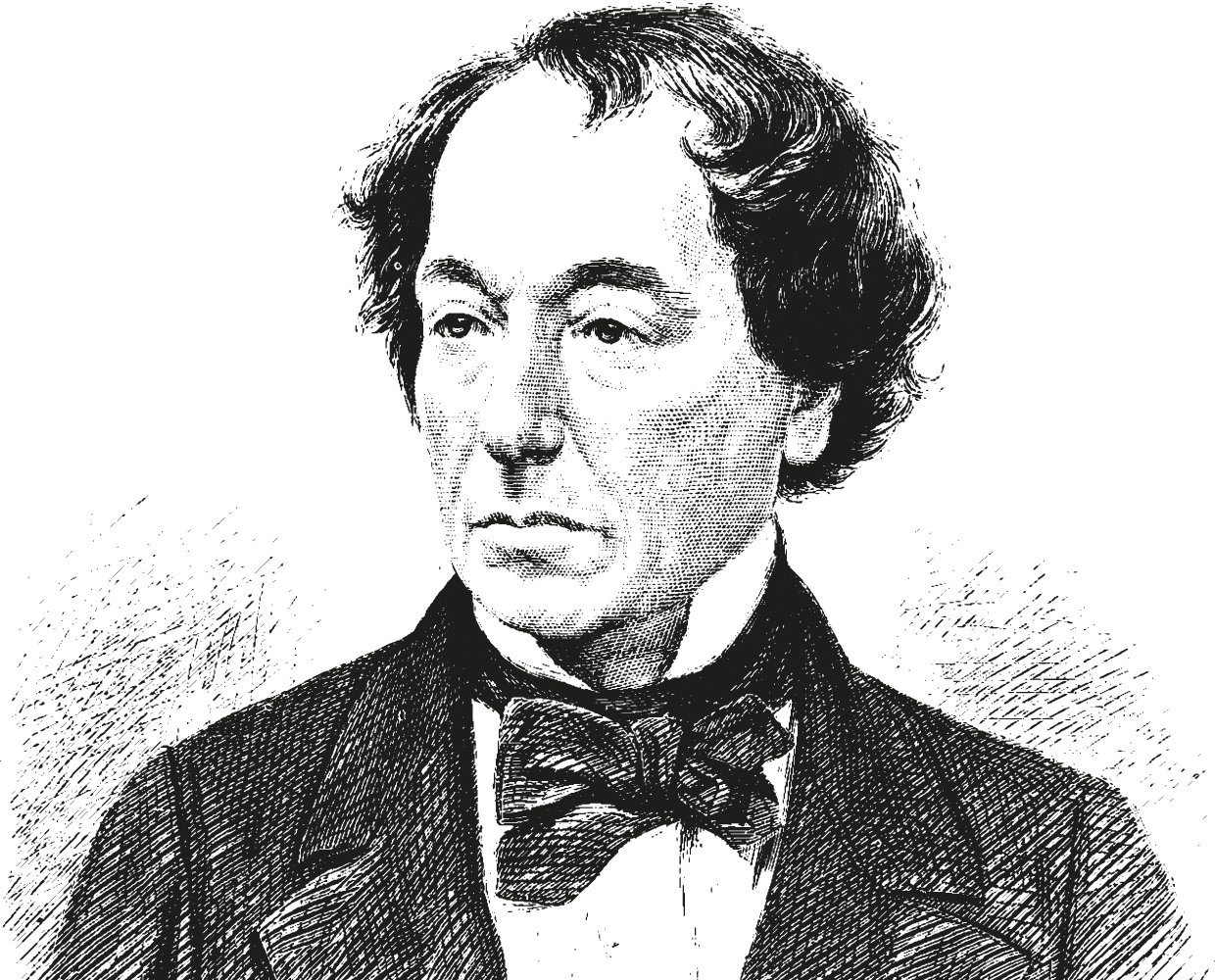The Disraeli Room

Blog Post
COVID-19: Are we truly free or merely enslaved to ourselves?
‘Through discipline comes freedom’. Over two thousand years ago Aristotle warned that freedom means more than just “doing as one likes”. Ancient Greek societies survived...
Airtight on Asbestos – A campaign to save our future
On the 24th of November 1999, the United Kingdom banned the use of asbestos. Twenty years later and this toxic mineral still plagues public health,...
Rationality & Regionality: A more effective way to dealing with climate change | by Hamza King
Liberalism relies heavily on certain assumptions about the human condition, particularly, about our ability to act rationally. John Rawls defines a rational person as one...
- Comments Off on What are the Implications of proroguing Parliament?
What are the Implications of proroguing Parliament?
During his campaign, Boris Johnson made it very clear that when it comes to proroguing Parliament, he is “not going to take anything off the...
ResPublica’s submission to CMA
Download the full text of the submission On 3rd July 2019, the CMA launched a market study into online platforms and the digital advertising market...
- Comments Off on Productive Places | WSP and ResPublica
Productive Places | WSP and ResPublica
On Wednesday 31st October ResPublica and WSP hosted a panel discussion in Parliament to launch WSP’s Productive Places paper and debate its findings. The report...
ResPublica’s Response to the Autumn Budget 2018
The 2018 Budget delivered by Philip Hammond was the first since 1962 to be delivered on a day other than a Wednesday, and was moved...
ResPublica Response to changes to the National Planning Policy Framework
The Government’s housing announcements on the 5th March were the first substantial change to the planning system since the Coalition reforms six years ago. The...
Food poverty: Time to lift the veil?
A century on from Charles Booth’s famous Poverty Map of London, accurate information on poverty has never been more important. So the findings of...


